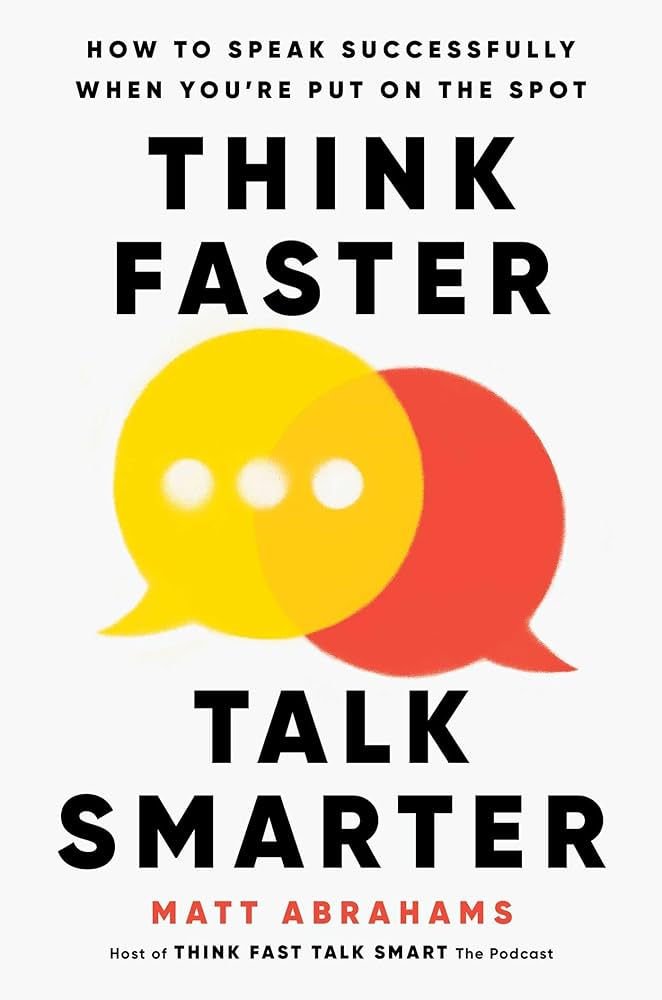Literature of Leadership - How To Make Virtual Teams Work
- Lynda Wallace-Hulecki, Ed.D.
- Feb 10, 2021
- 2 min read

HOW TO MAKE VIRTUAL TEAMS WORK: MANAGE AND EMPOWER A VIRTUAL TEAM THAT THRIVES WHILE WORKING FROM HOME. Robert Glazer. (2020, Kindle Edition)
For many organizations, the global pandemic has had a transformative effect on business practices, particularly in the adoption of a remote work environment. While many business leaders believe that, post-pandemic, the work-from-home (WFH) boom will likely recede; the expectation is that remote work will be a growing trend and part of the new normal. If you subscribe to this line of thought, How to Make Virtual Teams Work by Robert Glazer would be a worthwhile read.
Robert Glazer is founder and CEO of one of the largest fully remote organizations in the world. He is the author of the Wall Street Journal and USA Today bestseller, Elevate, and the international bestselling book, Performance Partnerships. Glazer believes that the industry leaders of tomorrow will be those that can build a thriving culture in a remote workplace. In this book, he describes his journey in building an award-winning remote business that includes a step-by-step playbook on how to build a remote work force, a corporate culture that enables remote work, and strategies for thriving in a remote work environment.
The book is organized into four chapters:
Chapter One focuses on the importance of culture in building a sustainable foundation for remote work, and the steps and strategies to foster a thriving corporate culture in a remote environment.
Chapter Two addresses the importance of hiring well, employee development as an investment, and how to build an objective and consistent hiring system the underlies the recruitment of a high-performance team.
Chapter Three digs into the specific systems, methodologies, tools, and techniques that make remote work more seamless for employees and more productive for the organization such as: comprehensive onboarding, setting boundaries for managing time and workspaces, accountabilities of team members, strategies for conducting effective meetings, and leveraging technology to improve employee communication and engagement.
Chapter Four defines what Glazer refers to as the “Hub Model” for bringing remote workers together to foster in-person interactions and connectivity.
This is a short, but insightful book that concludes with key takeaways and value-adding links to available online resources.
Image source: Amazon





































Comentários